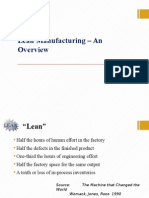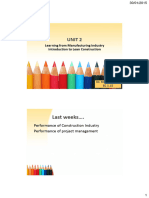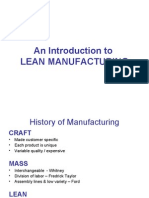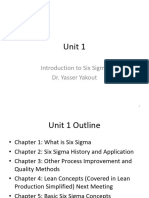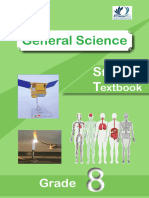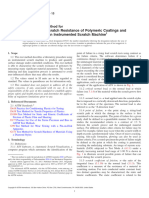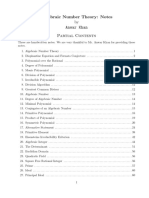0% found this document useful (0 votes)
53 views31 pagesChapter Two Lean Production System
The document outlines the principles of lean production and defines the different types of waste or "muda" that lean aims to eliminate. It discusses the 8 types of muda - motion, delay, overproduction, overprocessing, defects, inventory, conveyance, and unused employee creativity and knowledge. Lean production focuses on optimizing workflow and removing waste to provide the highest value to customers with less time, resources and defects.
Uploaded by
Islam Abdou AbbasCopyright
© © All Rights Reserved
We take content rights seriously. If you suspect this is your content, claim it here.
Available Formats
Download as PDF, TXT or read online on Scribd
0% found this document useful (0 votes)
53 views31 pagesChapter Two Lean Production System
The document outlines the principles of lean production and defines the different types of waste or "muda" that lean aims to eliminate. It discusses the 8 types of muda - motion, delay, overproduction, overprocessing, defects, inventory, conveyance, and unused employee creativity and knowledge. Lean production focuses on optimizing workflow and removing waste to provide the highest value to customers with less time, resources and defects.
Uploaded by
Islam Abdou AbbasCopyright
© © All Rights Reserved
We take content rights seriously. If you suspect this is your content, claim it here.
Available Formats
Download as PDF, TXT or read online on Scribd
/ 31

































